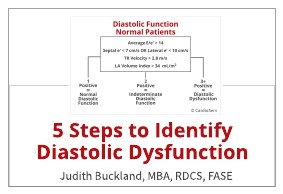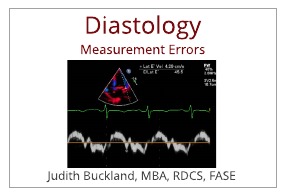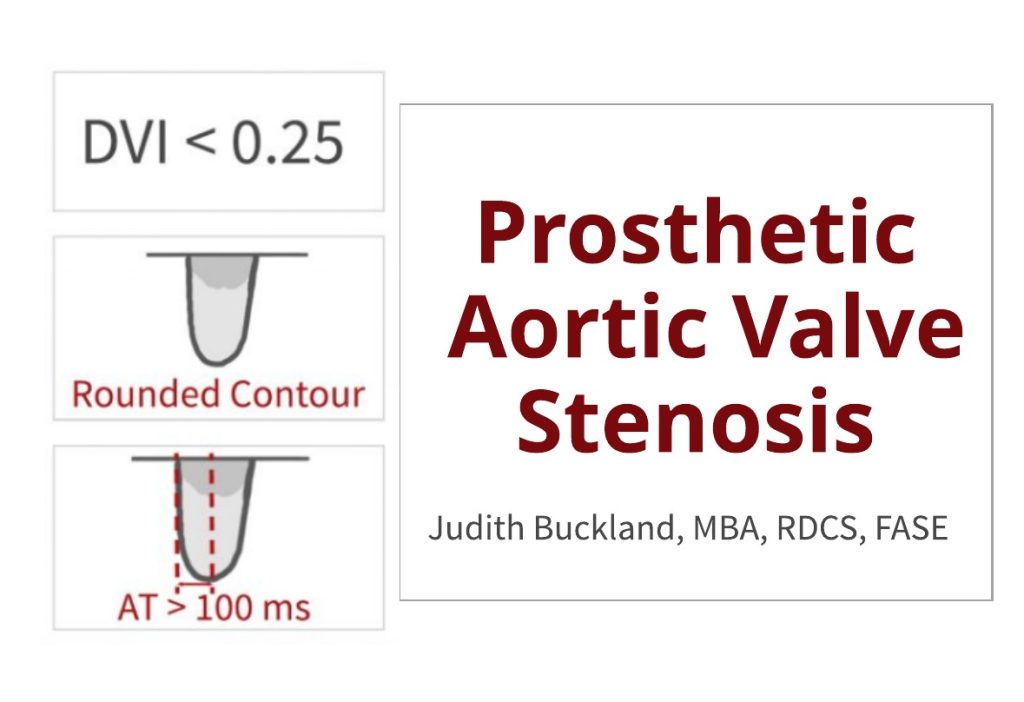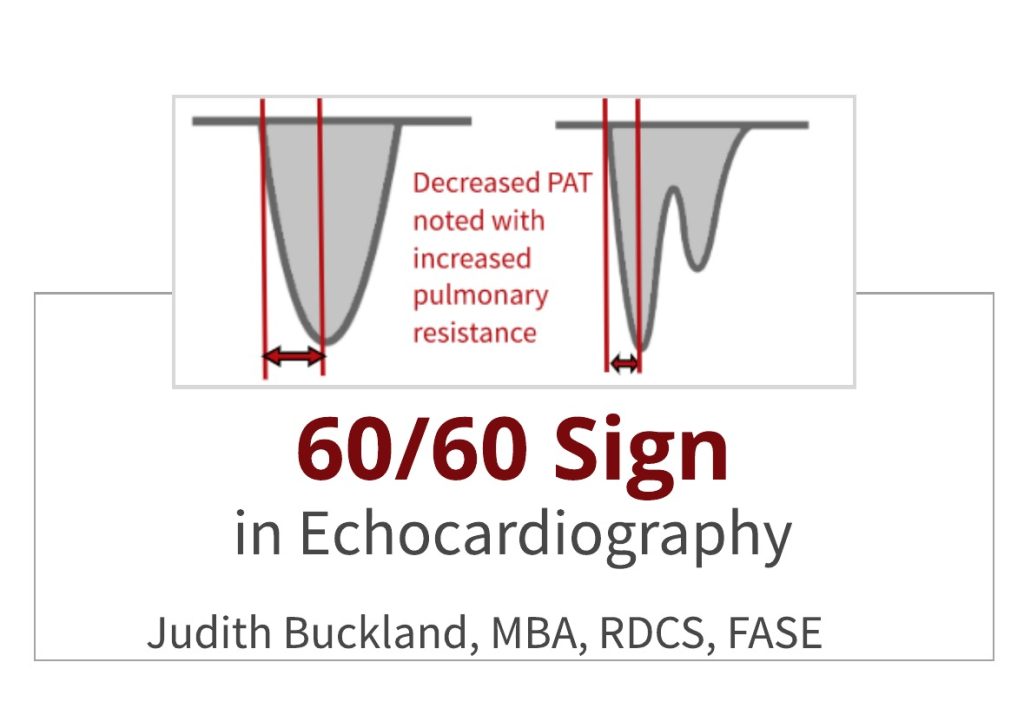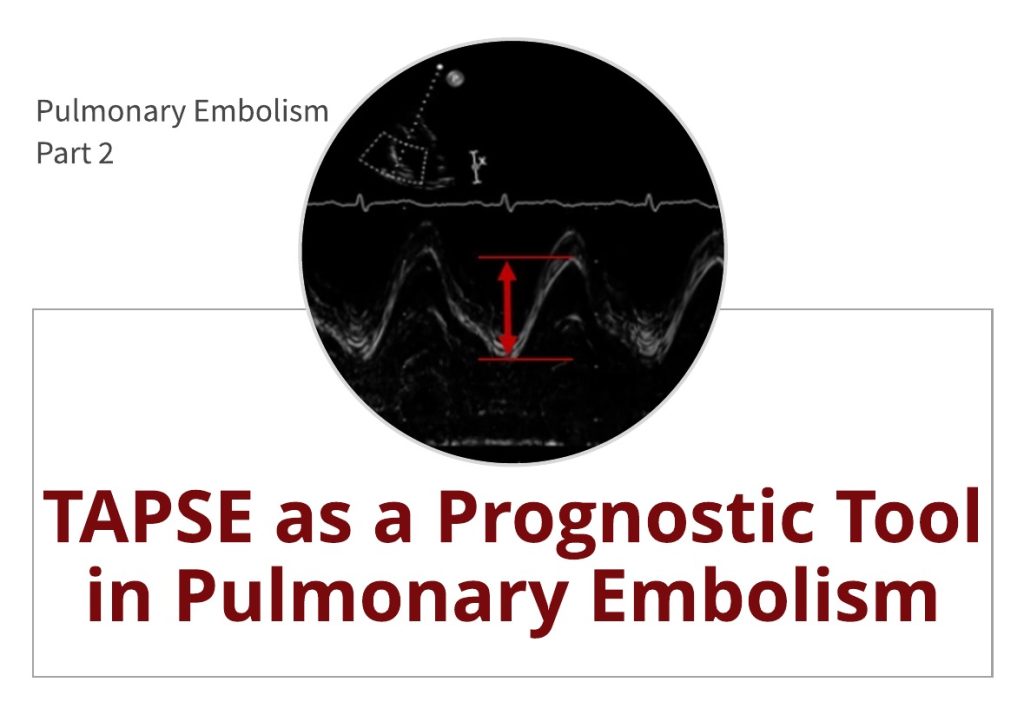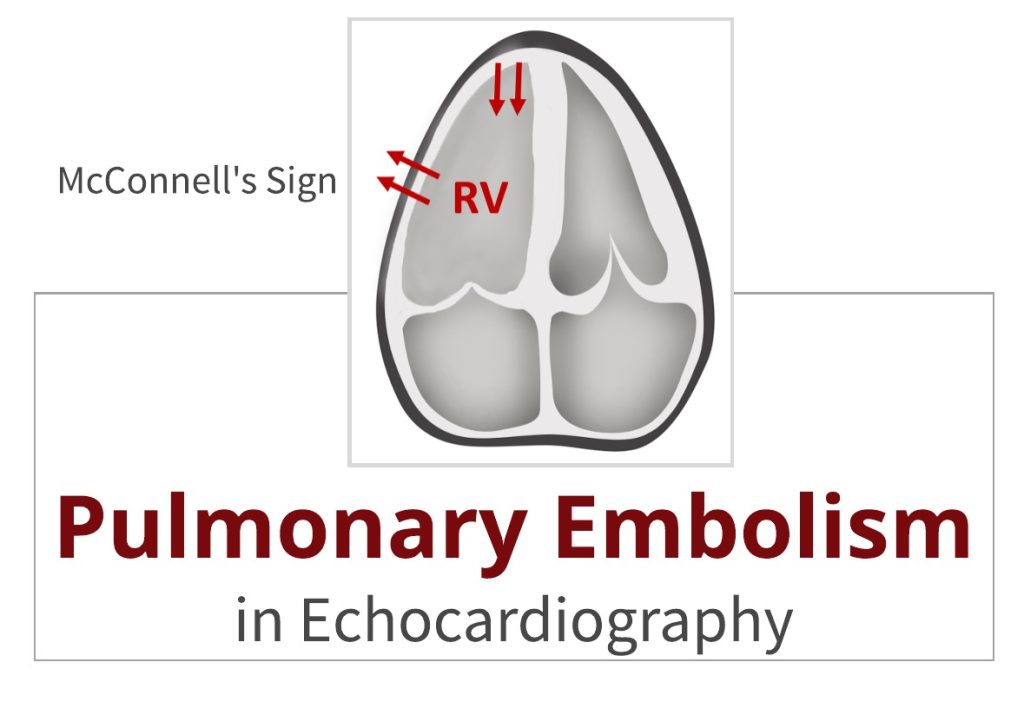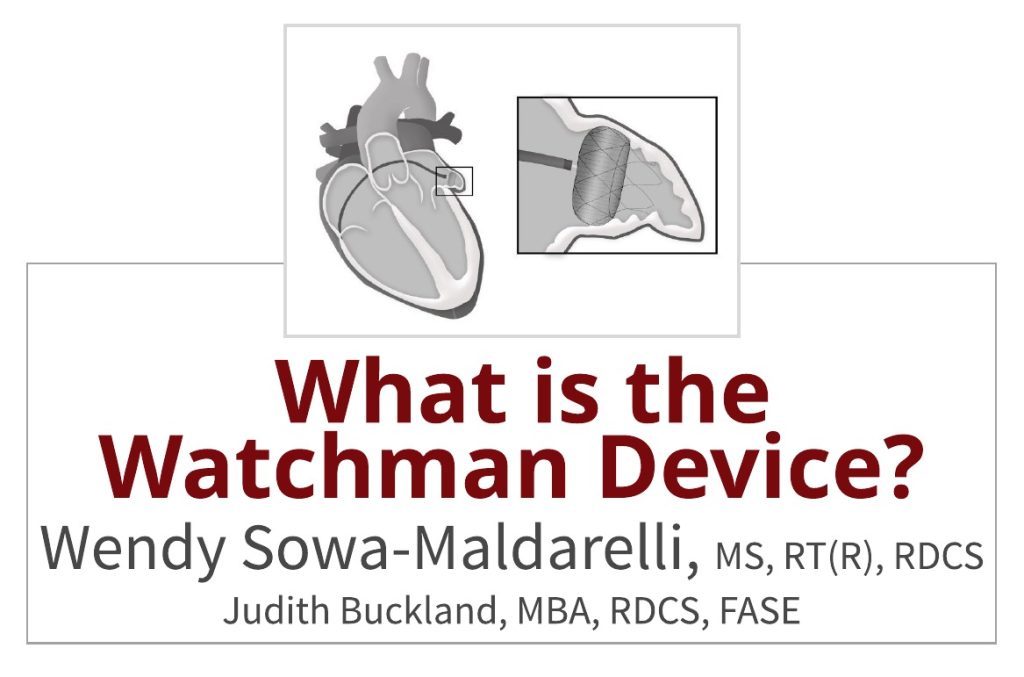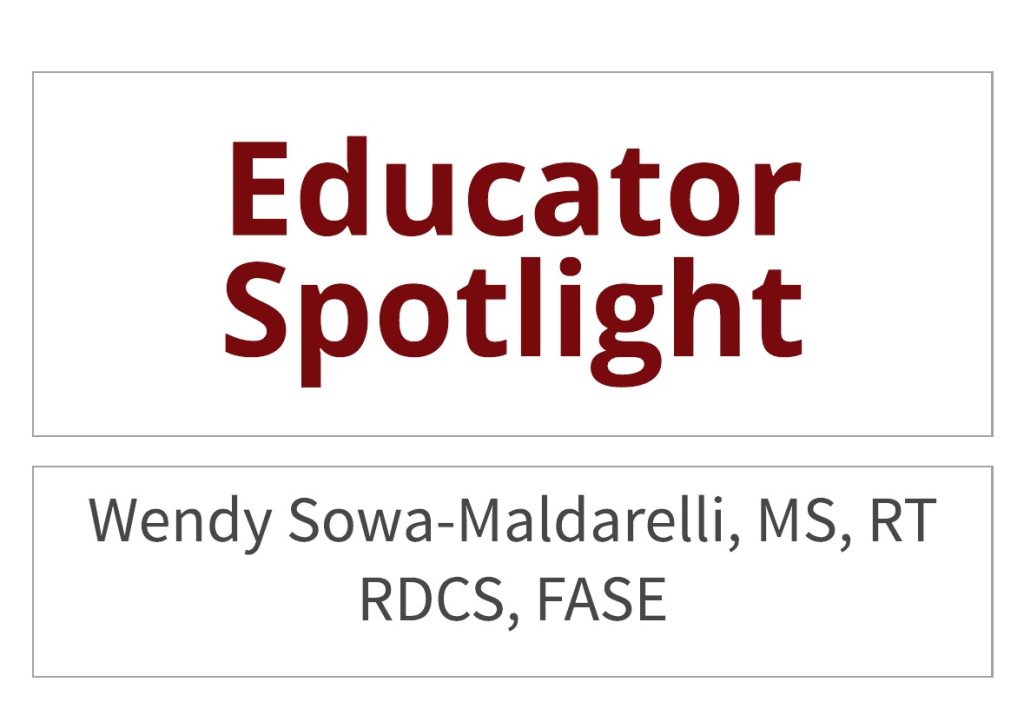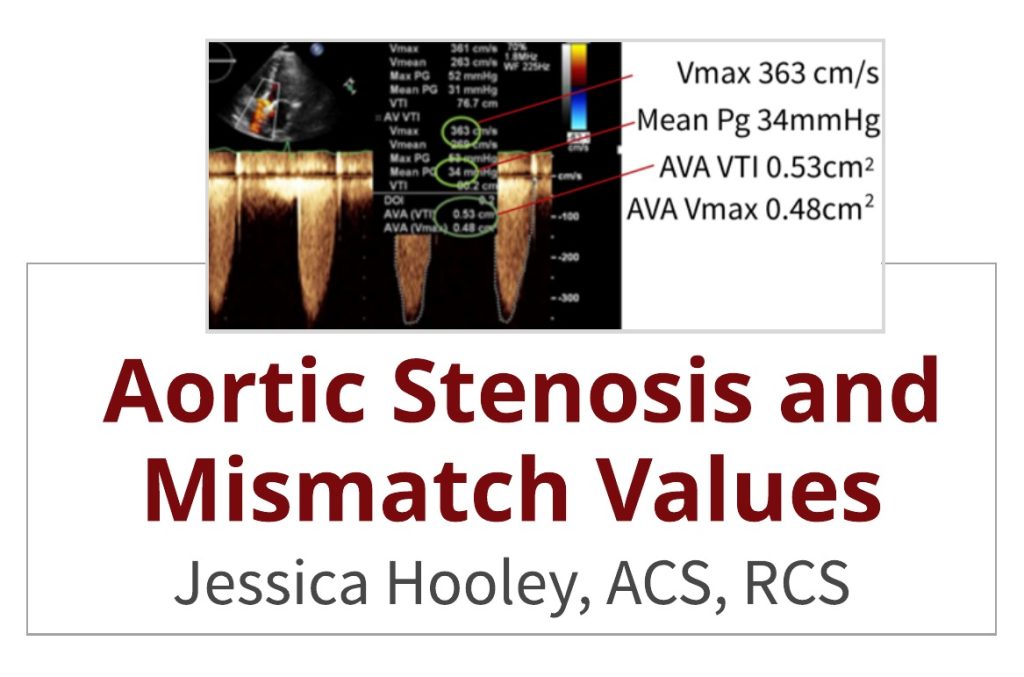5 Steps to Identify Diastolic Dysfunction in Echo
Last week we reviewed some common errors found when measuring diastolic function. This week we will review 5 steps to identify diastolic dysfunction in echo. Since the Intersocietal Accreditation Commission mandates both the assessment and reporting of diastolic function for echo accreditation, we thought it would be a good idea to review these measurements again. We understand that diastology can be complex, but this is a great starting point.
5 Steps to Identify Diastolic Dysfunction in Echo Read More »

